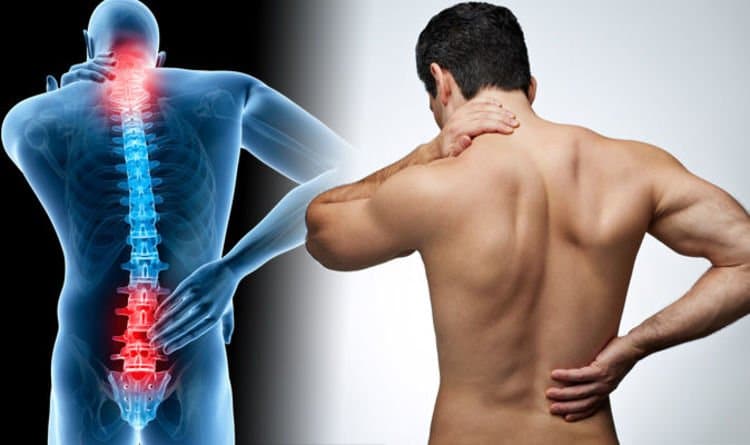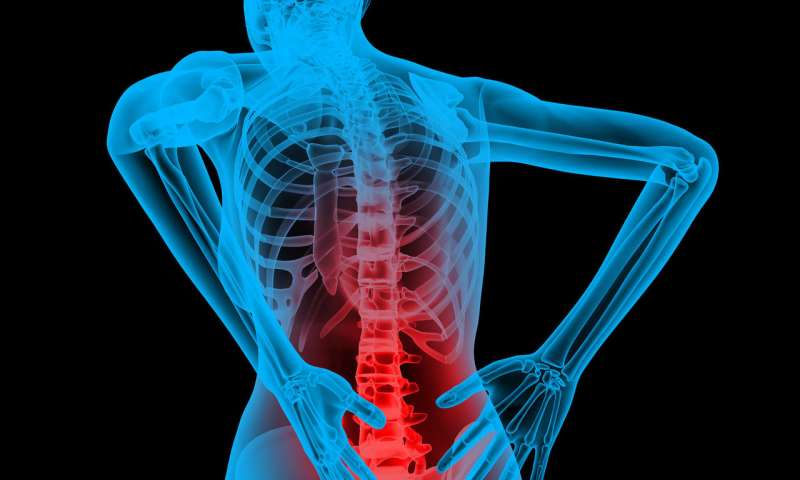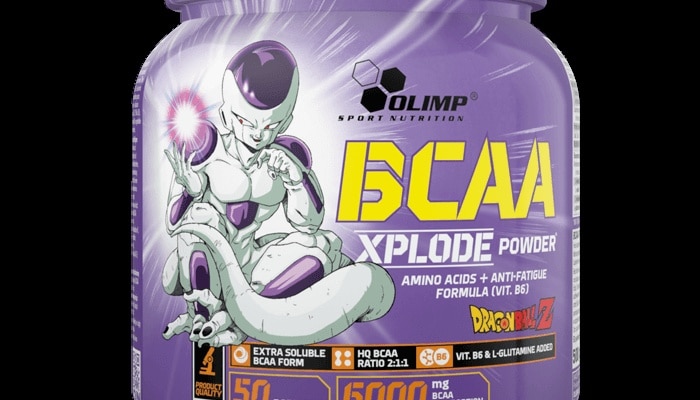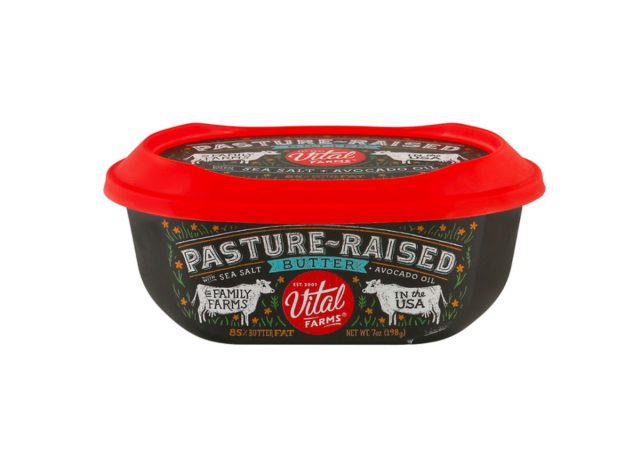Lumbar computed tomography (CT)-guided corticosteroid infiltration can also efficiently alleviate refractory low again ache related to some of the situations, inclusive of disk herniation, lumbar stenosis, and spondyloarthritis, in keeping with a retrospective take look at provided on the 2019 European League Against Rheumatism (EULAR) Congress, held June 12-15, in Madrid, Spain. Mechanical low returned pain which is refractory to analgesic and rehabilitative remedy is a crucial reason of disability,” stated the researchers. “The number one goal of corticosteroid lumbar infiltration is to accelerate the recuperation procedure and to keep away from a surgical procedure. However, its use is not without controversy.

The investigators retrospectively reviewed affected person data from lumbar CT-guided corticosteroid infiltrations done at an unmarried middle between 2012 and 2018 (n=445 sufferers; imply age, fifty-eight. 6±14.Eight years; n=482 tactics). Data examined on this analysis had been epidemiologic variables, underlying pathologies, injection approach, a form of corticosteroid used, efficacy at 1- and three-month comply with-ups, and prevalence of complications. These records have been compared using a observation wherein the efficacy of lumbar CT-guided corticosteroid infiltration turned into tested based totally on the indication, kind of corticosteroid used, and injection technique. Between-organization comparisons have been achieved.
In this cohort, lumbar CT-guided corticosteroid infiltrations have been most commonly executed in traumatology (88.8%), and four.8% of methods have been finished for rheumatology warning signs. Indications for the techniques blanketed disk herniation (forty-three .1%), lumbar spinal stenosis (36.4%), postoperative fibrosis (14.8%), spondyloarthritis (2.7%), and other situations (i.e., listhesis, synovial cyst, and facet joint syndrome; 2.8%). The corticosteroids used in these strategies have been dexamethasone (66.3%)
Triamcinolone (33.7%). Approaches used for the process have been posterior epidural get entry to (27.1%), foraminal recess (17.Nine%), and lateral recess (fifty-five %). An overall of sixty-eight % and 63.2% of sufferers pronounced experiencing development at the 1- and three-month follow-up impartial of pathology, a corticosteroid used, and injection method. 21.3% of sufferers had chronic pain that required a surgical procedure, which was accomplished in the first 12 months following infiltration for 66.Nine% of those patients. The indication for acting the process had no impact on the clinical efficacy of the process.
But foraminal and lateral recess techniques had been related to extra pain comfort at 3 months compared with epidural procedures (P =.002). The use of triamcinolone vs. dexamethasone become related to extra upgrades at the1- and 3-month follow-ups (P ≤.001). Limitations of the observation encompass the single-middle layout in addition to the retrospective collection and assessment of the statistics. In this observation, lumbar CT-guided [corticosteroid] infiltration in patients with refractory low back pain is an available, minimally invasive.
A powerful method in [the] long term,” concluded the observed authors. Lower back pain is one of the most common causes of job-related disability and why some people miss work. It is also the second most common neurological ailment in the United States, second only to headache. In fact, approximately 80% of adults in Western countries have, at some point, experienced lower back pain. For some fortunate people, pain in the lower back may be resolved by itself or with the aid of medication within two to four weeks. However, some cases of lower back pain may last for more than a few weeks, during which case the condition is termed as “chronic” and progressive,” meaning it can only grow worse over time.














